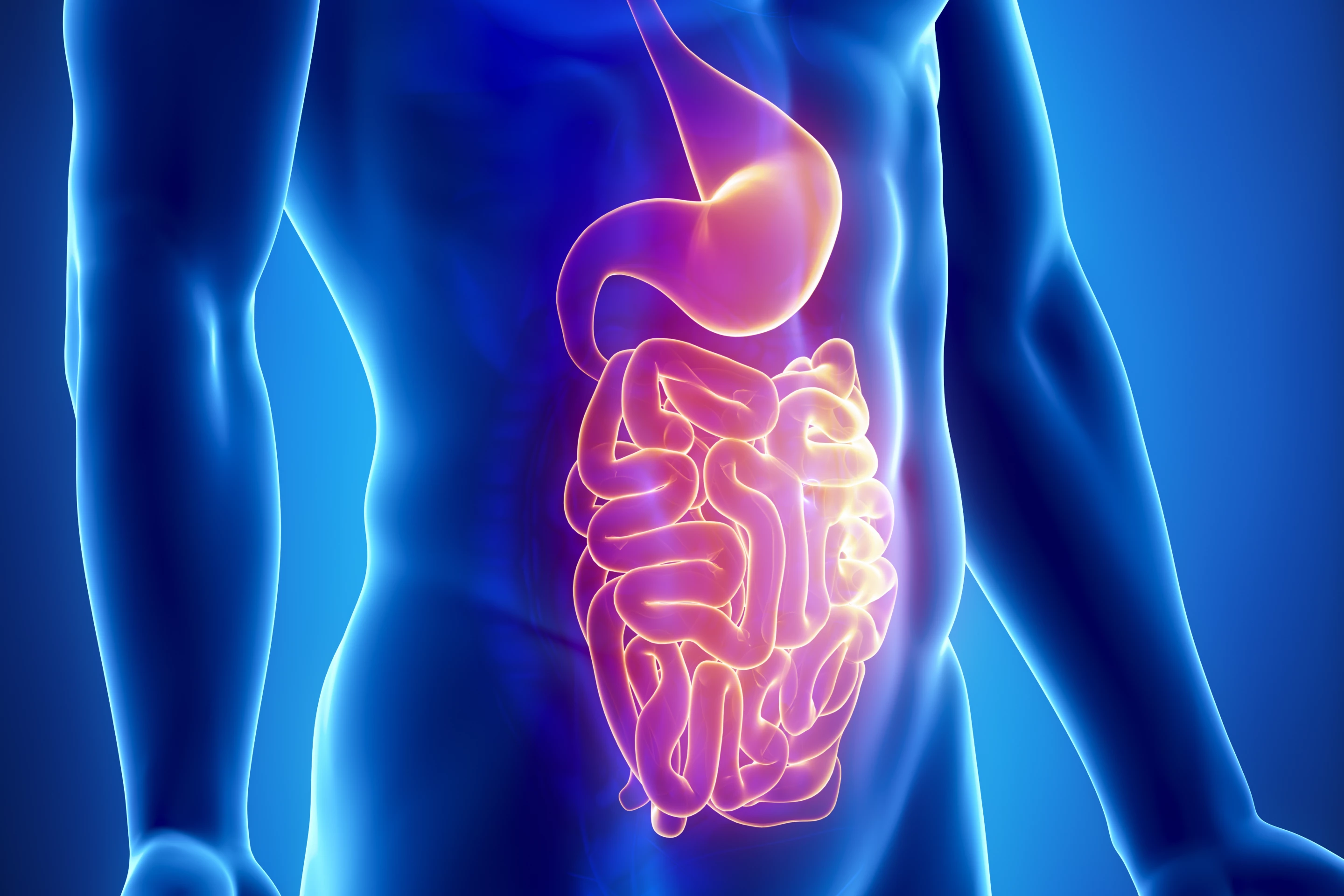In order to see what's going on in someone's digestive tract, doctors typically analyze stool samples obtained from that person. A new swallowable capsule, however, is claimed to paint a much more accurate picture of an individual's gut health.
Known as the CapScan, the device is being developed by scientists from the University of California - Davis, Stanford University, and San Francisco-based startup Envivo Bio Inc. According to the researchers, the bacteria, proteins and other substances found in stool samples are mostly just indicators of activity in the lower colon … and that is not where most of the action is.
"Measuring gut metabolites in stool is like studying an elephant by examining its tail," said Envivo Bio's Dari Shalon, inventor of the capsule. "Most metabolites are made, transformed and utilized higher up in the intestines and don’t even make it into the stool."
That's where the CapScan comes in.
The device consists of a polymer shell which contains a collapsed fluid-collection bladder. When the capsule is ingested and reaches the small intestine, a pH-sensitive coating on the device dissolves, exposing an integrated one-way valve. That valve allows digestive fluid to be drawn into the capsule's bladder, expanding it in the process.
Once the bladder is full, the valve keeps it from collecting any other liquids lower down in the digestive tract. When the single-use capsule is subsequently passed with the feces, it's retrieved and its contents are analyzed. And importantly, by tweaking the coating's pH sensitivity to make it dissolve at different acidity levels, it's possible to dictate where fluids are collected within the small intestine.

In lab tests performed on 15 healthy volunteers, CapScan analysis revealed significant differences between the small intestine and feces samples when it came to bacteria, viruses, host proteins and metabolites from food. Over 2,000 of the latter were identified, and their concentrations were found to vary according to each person's diet.
"This capsule and reports are the first of their kind," said UC Davis' Prof. Oliver Fiehn. "All other studies on human gut microbiota focused on stool as a surrogate for colon metabolism. However, of course, the fact is that 90% of human digestion happens in the upper intestine, not the colon."
The research is described in two papers published in the journals Nature and Nature Metabolism.
Source: University of California, Davis




